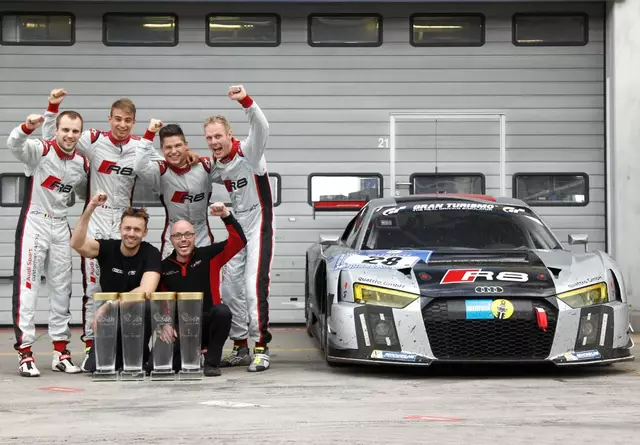Introduction to the “Cars” Franchise
As a lifelong fan of Pixar's animated films, I've always held a special place in my heart for the "Cars" franchise. The first movie, released in 2006, introduced us to the charismatic race car named Lightning McQueen and his quirky automobile friends. However, the subsequent sequels have stirred up quite a bit of debate among fans and critics alike. In this article, I'll be diving deep into the comparison between "Cars 3" and "Cars 2".
Overview of “Cars 2”
The immediate sequel to the original film, "Cars 2" took a different direction by focusing more on Lightning McQueen's best friend, Mater. The film was packed with high-octane espionage, thrilling chases, and plenty of international flavor, but it was criticized for straying too far from the heart and spirit of the original movie. While kids certainly enjoyed the fast-paced action and humor, many fans felt that the emotional depth and character development were lacking.
Overview of “Cars 3”
"Cars 3", on the other hand, seemed to take these criticisms to heart. The film returned to the roots of the series by focusing on Lightning McQueen's racing career and his struggle with aging. It's a more introspective and emotional journey, with a lot of heart and a strong message about perseverance and self-discovery. The film also introduces new characters, like the spunky trainer Cruz Ramirez, who add depth and diversity to the franchise.
Comparing the Storylines
When comparing "Cars 2" and "Cars 3", the main difference lies in the storylines. "Cars 2" is a fun-filled adventure that feels more like a spin-off than a sequel, while "Cars 3" is a more direct continuation of Lightning McQueen's story from the first film. The latter offers a more poignant and relatable story that deals with themes like aging, legacy, and mentorship. It's a storyline that resonates with both young and older viewers, making "Cars 3" arguably the more impactful film.
Evaluating the Character Development
The character development in "Cars 3" is also significantly better than in "Cars 2". While Mater is a lovable character, his spotlight in "Cars 2" didn't allow for much growth or development. On the contrary, "Cars 3" provides a compelling arc for Lightning McQueen, who has to face the harsh reality of aging and the fear of becoming obsolete. Additionally, the introduction of Cruz Ramirez gives audiences a fresh, inspiring character to root for.
Assessing the Animation Quality
From an animation perspective, both movies are visually stunning, as expected from Pixar. However, "Cars 3" takes the lead with its more realistic and detailed animation. The race scenes are breath-taking and immersive, with a level of detail that makes you feel like you're right there on the track. The animation quality in "Cars 3" showcases the advancements in Pixar's technology, making it a more visually appealing film.
Reviewing the Soundtracks
Music plays a crucial role in setting the tone and enhancing the emotional resonance of a film. Both "Cars 2" and "Cars 3" have great soundtracks that complement their respective narratives. However, the soundtrack of "Cars 3" stands out for its more poignant and emotionally charged tunes, which help elevate the film's more serious and introspective themes.
Conclusion: Is “Cars 3” Better Than “Cars 2”?
In conclusion, while both films have their own strengths, "Cars 3" appears to be the better film in terms of storyline, character development, animation quality, and soundtrack. By returning to the series' roots and focusing on Lightning McQueen's personal journey, "Cars 3" delivers a more satisfying and emotionally rich sequel that resonates with fans of all ages. However, it's important to note that each film offers a unique viewing experience, and your preference may depend on whether you prefer a light-hearted adventure or a more introspective narrative.



